Introduction
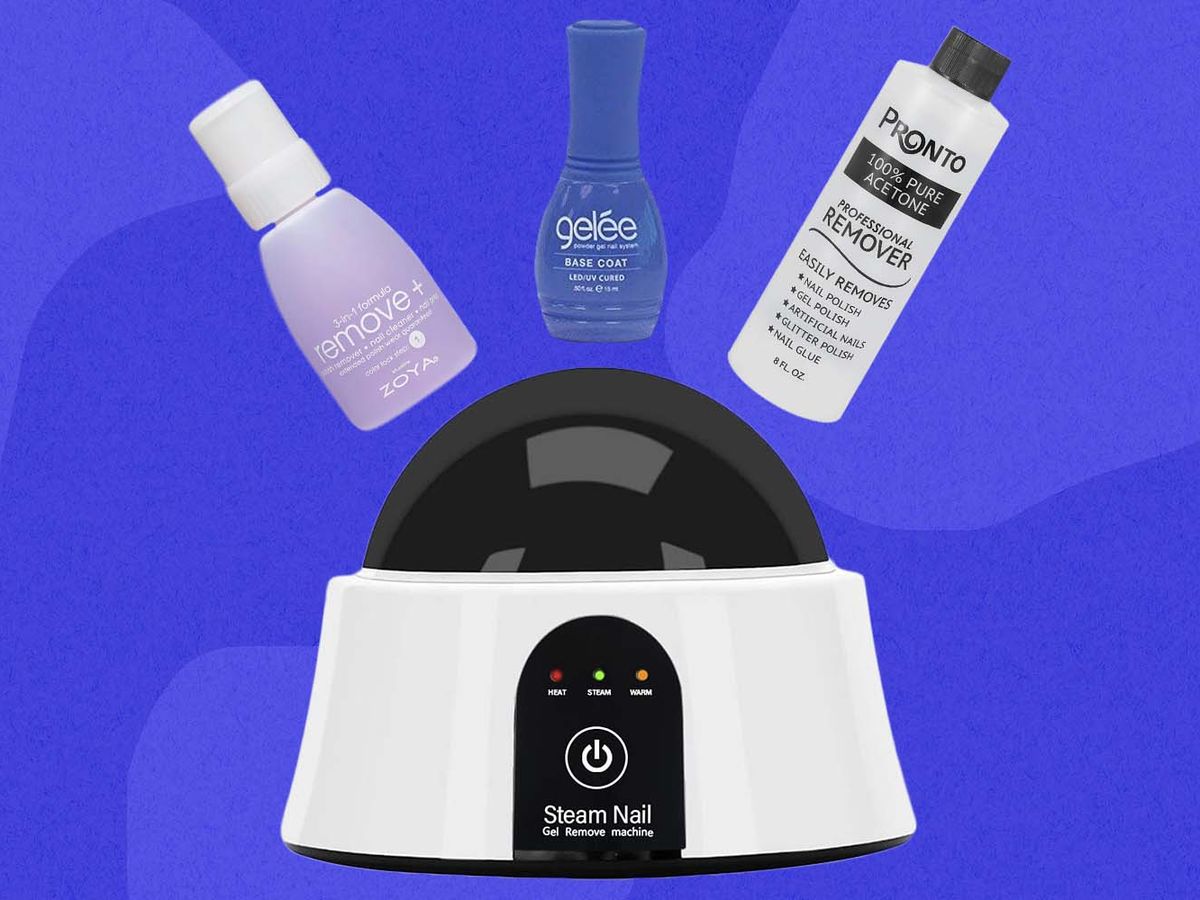
Nail polish remover plays a crucial role in maintaining the appearance and health of our nails. It is a solvent specifically designed to remove nail polish effectively. Understanding the ingredients and composition of nail polish remover is important for making informed choices about its usage. This article dives into the various types of nail polish removers available, with a focus on the two main types: acetone-based and non-acetone removers. Additionally, we explore the presence of additional ingredients in nail polish removers and discuss alternative options for those seeking natural and DIY alternatives.
Overview Of Nail Polish Remover And Its Purpose
Nail polish remover, also known as nail varnish remover, is a solution specifically designed to effectively remove nail polish from the nails. It is a solvent-based product that helps dissolve and break down the pigments and resins present in nail polish, allowing for easy removal. The primary purpose of nail polish remover is to restore the nails to their natural state, preparing them for the application of new nail polish or to simply keep them clean and free from old, chipped polish.
Common Types Of Nail Polish Removers Available
There are two common types of nail polish removers available in the market: acetone-based and non-acetone.
Acetone-based nail polish remover is the most widely used and effective option. It contains high levels of acetone, a powerful solvent that quickly dissolves nail polish. This type of remover is known for its efficiency in removing stubborn and dark-colored nail polishes.
Non-acetone nail polish remover, on the other hand, is a milder alternative. It typically contains ingredients like ethyl acetate or isopropyl alcohol. Non-acetone removers are gentler on the nails and cuticles, making them a suitable choice for individuals with dry or sensitive skin. However, they may require more effort and time to effectively remove nail polish.
Both types of nail polish removers have their advantages and can be selected based on personal preferences and needs.
Acetone-based Nail Polish Remover

Acetone-based nail polish remover is widely used and known for its effectiveness in removing stubborn and dark-colored nail polishes. It contains high levels of acetone, a powerful solvent that quickly dissolves the nail polish. This type of remover is efficient and can easily remove even the toughest nail polish. However, it is important to note that acetone can have drying effects on the nails and cuticles. Therefore, it is recommended to moisturize and take proper care of the nails after using acetone-based nail polish remover.
Characteristics And Properties Of Acetone-based Nail Polish Remover
Acetone-based nail polish remover is known for its high effectiveness in removing stubborn and dark-colored nail polishes. Its main component, acetone, is a powerful solvent that quickly dissolves the nail polish. This remover is highly efficient and can easily remove even the toughest nail polish. However, it is important to note that acetone can have drying effects on the nails and cuticles. Therefore, it is recommended to moisturize and take proper care of the nails after using acetone-based nail polish remover.
Effects Of Acetone On Nails And Cuticles
Acetone-based nail polish remover, while effective in removing stubborn nail polish, can have drying effects on both the nails and cuticles. Acetone is a strong solvent that strips away the natural oils from the nails, leaving them dry and brittle. This can lead to nail breakage and peeling. Additionally, acetone can also cause the cuticles to become dry and irritated. Therefore, it is important to moisturize and nourish the nails and cuticles after using acetone-based nail polish remover to minimize any potential damage.
Non-acetone Nail Polish Remover
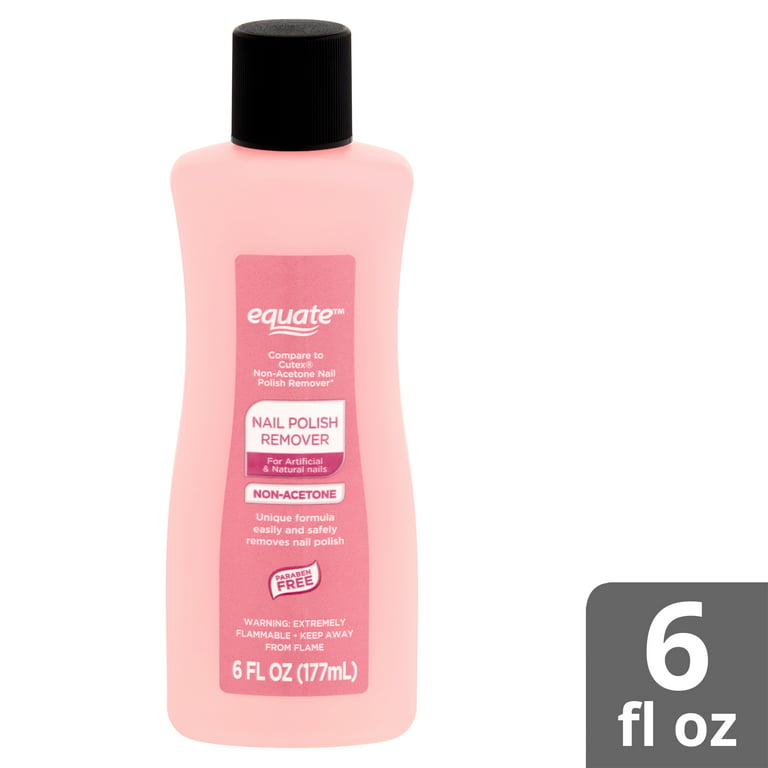
Non-acetone nail polish remover is an alternative option to acetone-based removers. Instead of acetone, it contains ingredients such as ethyl acetate or ethyl ketone as the active solvents. Non-acetone removers are generally considered to be less harsh and less drying than acetone-based removers. They work effectively in removing nail polish, although it may take slightly longer compared to acetone-based removers. Non-acetone removers are often preferred by individuals with dry or sensitive nails and cuticles, as they provide a gentler option for nail polish removal.
Ingredients And Formulation Of Non-acetone Nail Polish Remover
Non-acetone nail polish remover is formulated with ingredients such as ethyl acetate or methyl ethyl ketone as the active solvents. These solvents work effectively in breaking down and removing nail polish, although they may take slightly longer compared to acetone-based removers. Non-acetone removers also often contain additional ingredients such as moisturizers, conditioners, and emollients to help counteract the potential drying effects. Fragrances may be added to provide a pleasant scent. Overall, the formulation of non-acetone nail polish remover provides a gentler and less harsh option for nail polish removal.
Comparison Between Acetone-based And Non-acetone Nail Polish Removers
Acetone-based and non-acetone nail polish removers differ in their active ingredients and effects on the nails. Acetone-based removers are powerful and efficient in removing nail polish, but they can be drying and harsh on the nails and cuticles. On the other hand, non-acetone removers are gentler and less drying, making them suitable for those with sensitive nails or skin. However, non-acetone removers may take slightly longer to remove the polish. The choice between the two depends on individual preferences and the condition of the nails.
Additional Ingredients In Nail Polish Remover
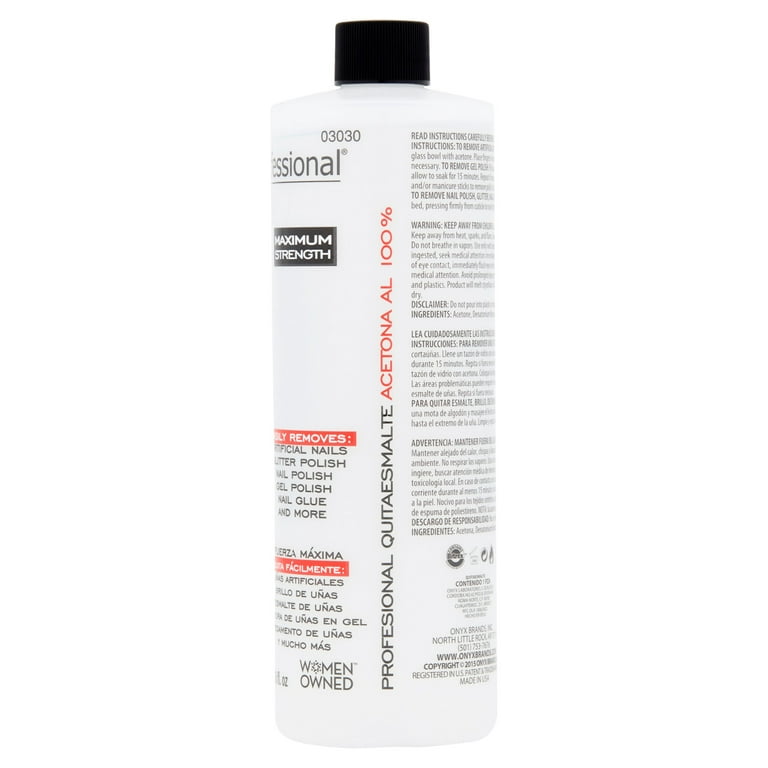
Many nail polish removers contain additional ingredients such as oils, glycerin, and fragrances. These ingredients serve various purposes in the formulation.
- Oils: Some nail polish removers include oils like jojoba oil or vitamin E oil, which can help moisturize and nourish the nails, preventing them from becoming dry and brittle.
- Glycerin: Glycerin is often added to nail polish removers to provide hydration and prevent excessive drying of the nails and cuticles.
- Fragrances: Some removers include fragrances to mask the harsh smell of the acetone and make the experience more pleasant for the user.
While these additional ingredients can provide benefits, it’s important to note that they may also have drawbacks for individuals with sensitivities or allergies. Therefore, it’s recommended to choose nail polish removers that are free from these additional ingredients if necessary.
Presence Of Additional Ingredients Such As Oils, Glycerin, And Fragrances
Many nail polish removers contain additional ingredients such as oils, glycerin, and fragrances. These ingredients serve various purposes in the formulation.
Oils, like jojoba oil or vitamin E oil, are often added to nail polish removers to moisturize and nourish the nails, preventing them from becoming dry and brittle. Glycerin is included to provide hydration and prevent excessive drying of the nails and cuticles. Fragrances are used to mask the harsh smell of the acetone and make the experience more pleasant for the user.
It’s important to note that these additional ingredients may have potential drawbacks for individuals with sensitivities or allergies. Therefore, it’s recommended to choose nail polish removers that are free from these additional ingredients if necessary.
Benefits And Drawbacks Of These Additional Ingredients
The presence of additional ingredients such as oils, glycerin, and fragrances in nail polish removers can have both benefits and drawbacks.
Benefits:
- Oils like jojoba oil or vitamin E oil moisturize and nourish the nails, preventing dryness and brittleness.
- Glycerin provides hydration and helps to prevent excessive drying of the nails and cuticles.
- Fragrances mask the strong smell of acetone, making the experience more pleasant for the user.
Drawbacks:
- Some individuals may have sensitivities or allergies to these additional ingredients, which can cause irritation or adverse reactions.
- Fragrances may contain potential allergens that can trigger allergic responses in some people.
It is important to choose nail polish removers that are free from these additional ingredients if necessary.
Alternatives To Traditional Nail Polish Remover
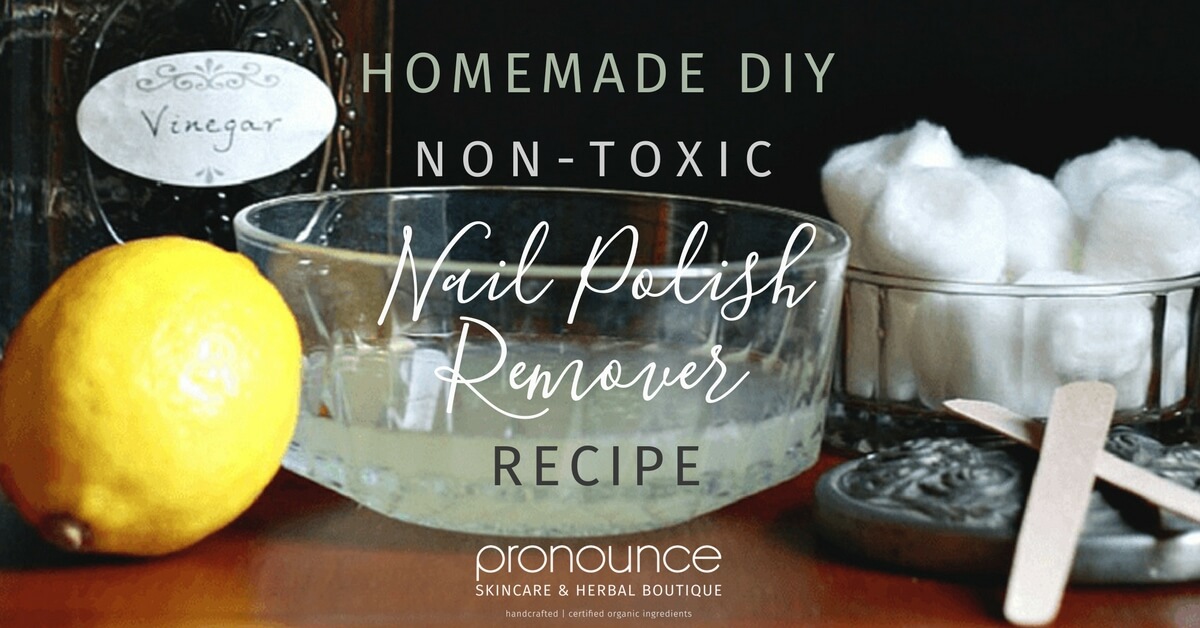
When it comes to removing nail polish without using traditional nail polish remover, there are several alternatives available. Some options include using household ingredients such as vinegar, lemon juice, or rubbing alcohol to dissolve the polish. Another alternative is to use natural nail polish removers that are acetone-free and typically made with ingredients like soy, water, or plant-based solvents. These alternatives are often considered gentler on the nails and cuticles, and may be a suitable option for individuals with sensitivities or allergies to traditional nail polish removers. It is important to note that the effectiveness of these alternatives may vary.
Exploring Natural And DIY Nail Polish Remover Options
There are several natural and DIY alternatives to traditional nail polish remover that can effectively remove polish without the use of harsh chemicals. Some popular options include using vinegar, lemon juice, or rubbing alcohol to dissolve the polish. These ingredients can be mixed with warm water and used as a soak or applied directly to the nails with a cotton ball. Another option is to use DIY mixtures using ingredients like hydrogen peroxide and baking soda. These natural alternatives are often gentler on the nails and provide a more eco-friendly solution for removing polish.
Effectiveness And Safety Considerations Of Alternative Ingredients
When exploring natural and DIY alternatives to traditional nail polish remover, it is important to consider their effectiveness and safety. While ingredients like vinegar, lemon juice, and rubbing alcohol can effectively dissolve polish, their ability to remove stubborn or glitter polish may be limited. Additionally, these natural alternatives may take longer to work compared to acetone-based removers.
In terms of safety, natural ingredients are generally considered safer than harsh chemicals found in traditional removers. However, it is still important to use caution and avoid prolonged exposure to any ingredient, as some individuals may have sensitivities or allergies. It is always recommended to do a patch test before using any alternative ingredient on a larger area.
Conclusion
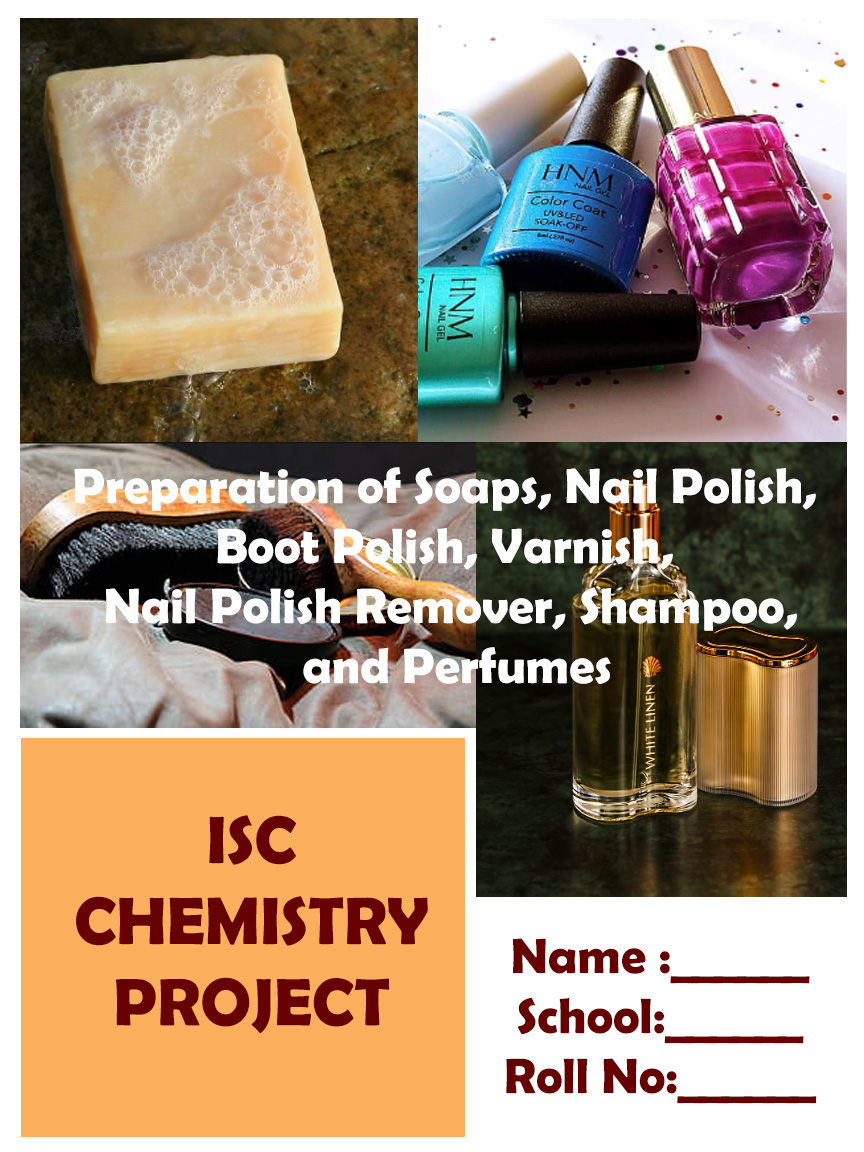
In conclusion, the ingredients of nail polish remover can vary depending on the brand, but common chemicals such as acetone, ethyl acetate, and isopropyl alcohol are often found in these products. Additionally, some removers may contain moisturizers or oils to prevent excessive drying of the nails. When choosing a nail polish remover, it is important to read the labels and be aware of the ingredients to ensure they meet your needs and preferences. By staying informed about the products you use, you can make informed decisions that prioritize both health and beauty.
Summary Of Key Points About Nail Polish Remover Ingredients
The ingredients of nail polish remover can vary depending on the brand, but common chemicals such as acetone, ethyl acetate, and isopropyl alcohol are often found in these products. Acetone-based removers are effective at removing nail polish but can be drying to the nails and cuticles. Non-acetone removers may be a gentler option, but they may require more effort to remove stubborn polish. Some removers also contain additional ingredients such as oils and fragrances. When choosing a nail polish remover, it is important to read the labels and be aware of the ingredients to ensure they meet your needs and preferences.
Tips For Choosing The Right Nail Polish Remover Based On Personal Preferences And Needs
When choosing a nail polish remover, it’s important to consider personal preferences and needs. Here are some tips to help you make the right choice:
- Read the labels: Look for nail polish removers that meet your specific requirements, whether it’s acetone-based or non-acetone.
- Consider your nail health: If you have dry or brittle nails, opt for a non-acetone remover to minimize damage.
- Look for additional ingredients: Some removers contain oils or moisturizers to help nourish the nails and cuticles.
- Check for fragrance or scent: If you’re sensitive to strong smells, choose a remover with a mild or fragrance-free formula.
- Consider your level of patience: Acetone-based removers tend to work faster, while non-acetone removers may require more effort.
By considering these factors, you can find a nail polish remover that suits your preferences and helps maintain the health of your nails.
Frequently Asked Questions: What is Nail Polish Remover Made Of?
Q: What exactly is nail polish remover?
A: Nail polish remover is a solvent used to dissolve and remove nail polish from your nails. It is a widely used beauty product that allows you to easily remove old or chipped nail polish.
Q: What are the main active ingredients in nail polish removers?
A: The main active ingredients in most nail polish removers are acetone, ethyl acetate, and isopropyl alcohol. These solvents effectively dissolve and remove polish from your nails.
Q: What is acetone?
A: Acetone is a powerful and highly flammable organic solvent. It is the most common active ingredient found in most nail polish removers. Acetone evaporates quickly and helps in removing nail polish effectively and efficiently. However, it can be harsh on nails and cuticles, so using a nail moisturizer afterwards is recommended.
Q: What is ethyl acetate?
A: Ethyl acetate is another common active ingredient found in many nail polish removers. It is a less harsh alternative to acetone and is often used in non-acetone nail polish removers. Ethyl acetate is less likely to dry out your nails and cuticles, making it a preferred option for those with sensitive nails.
Q: What is isopropyl alcohol?
A: Isopropyl alcohol, also known as rubbing alcohol, is sometimes used as an alternative or in conjunction with acetone or ethyl acetate in nail polish removers. It is effective in dissolving nail polish and leaves less residue compared to other solvents. However, it can be drying to the nails and skin, so taking proper care after using is recommended.
Q: Are there any other ingredients in nail polish removers?
A: Nail polish removers may also contain additional ingredients such as water, fragrance, dye, or other additives to enhance the product’s scent or appearance. Some removers may also contain moisturizers or oils to help offset the drying effects of the solvents.
Q: Are there any alternatives to traditional nail polish removers?
A: Yes, there are alternative nail polish removers available in the market. Some non-acetone nail polish removers use a blend of other solvents like ethyl acetate or isopropyl alcohol. Additionally, there are also natural and organic nail polish removers that utilize plant-based ingredients or oils to dissolve and remove polish.
Q: How should I use nail polish remover safely?
A: To use nail polish remover safely, ensure that you are in a well-ventilated area to avoid inhaling excessive fumes. Always follow the instructions on the product’s label. It is advisable to use a cotton ball or pad saturated with nail polish remover and gently rub your nails. Avoid excessive rubbing or prolonged exposure to the solvents to prevent drying out your nails or skin.
Remember, if you have any concerns about using nail polish removers or maintaining the health of your nails, it’s always best to consult with a healthcare professional or a licensed nail technician for personalized advice.

I am proud to offer non-toxic beauty options. The gel polishes I offer are “9-Free”, free of nine of the most commonly found allergens and toxic chemicals in nail polish, and cruelty-free, vegan, and HEMA-free. The nail lacquers I offer range between “7-Free” and “16+-Free” and are also cruelty-free and vegan.